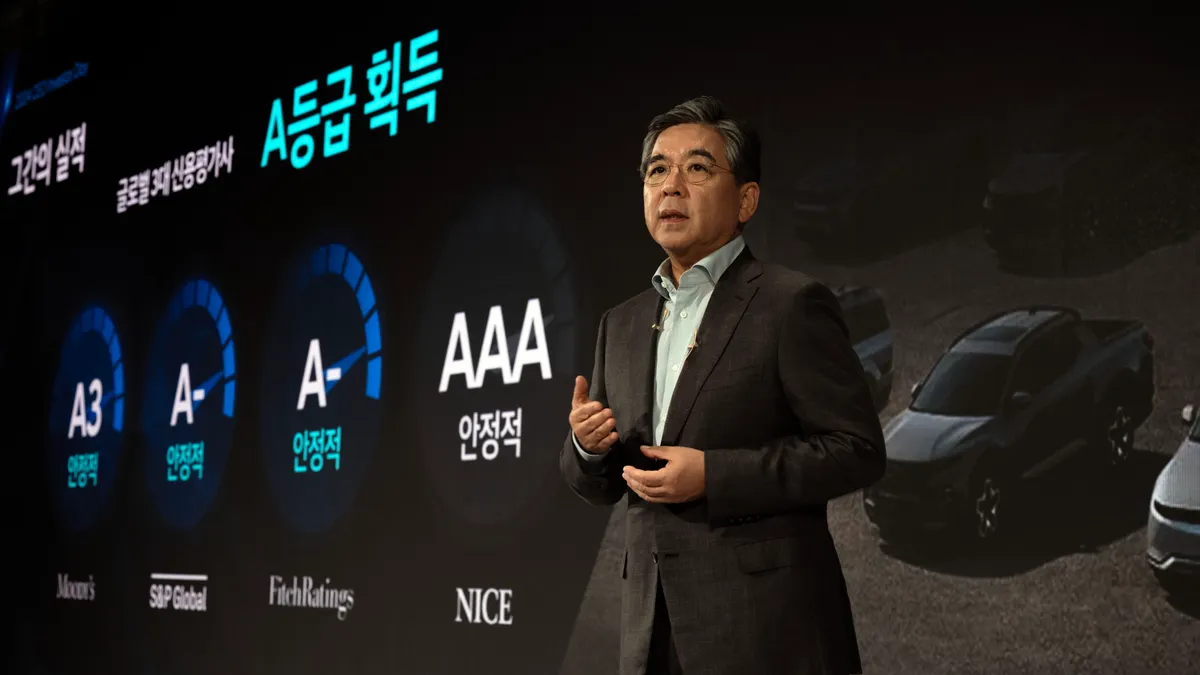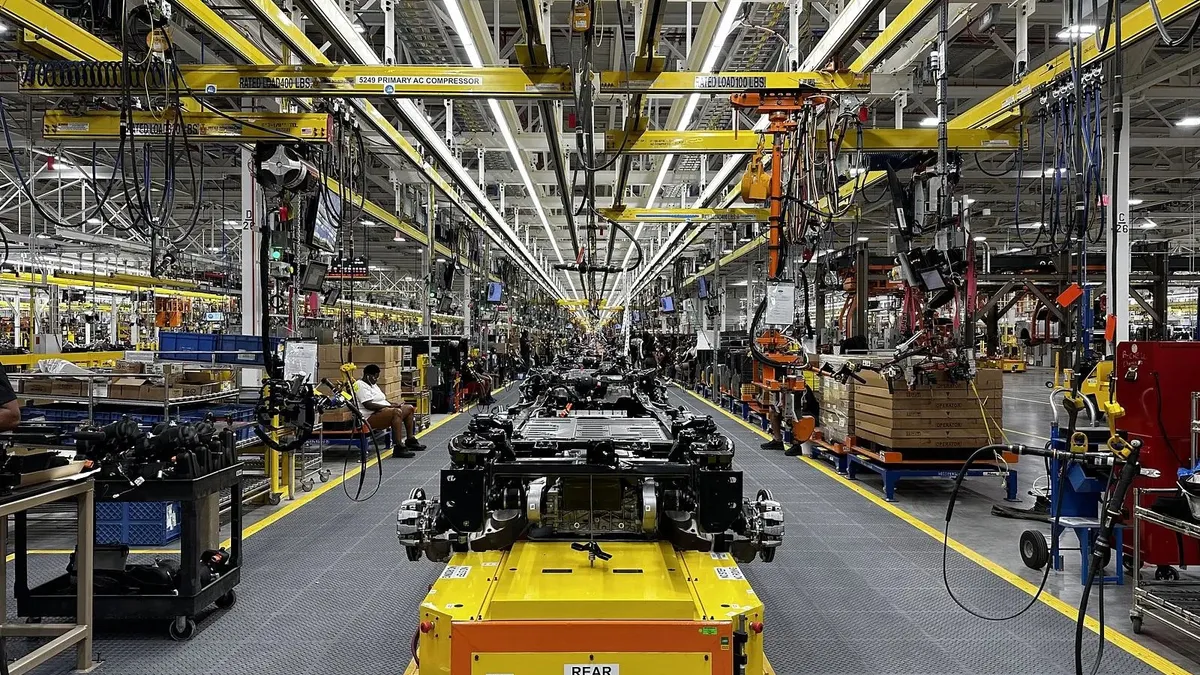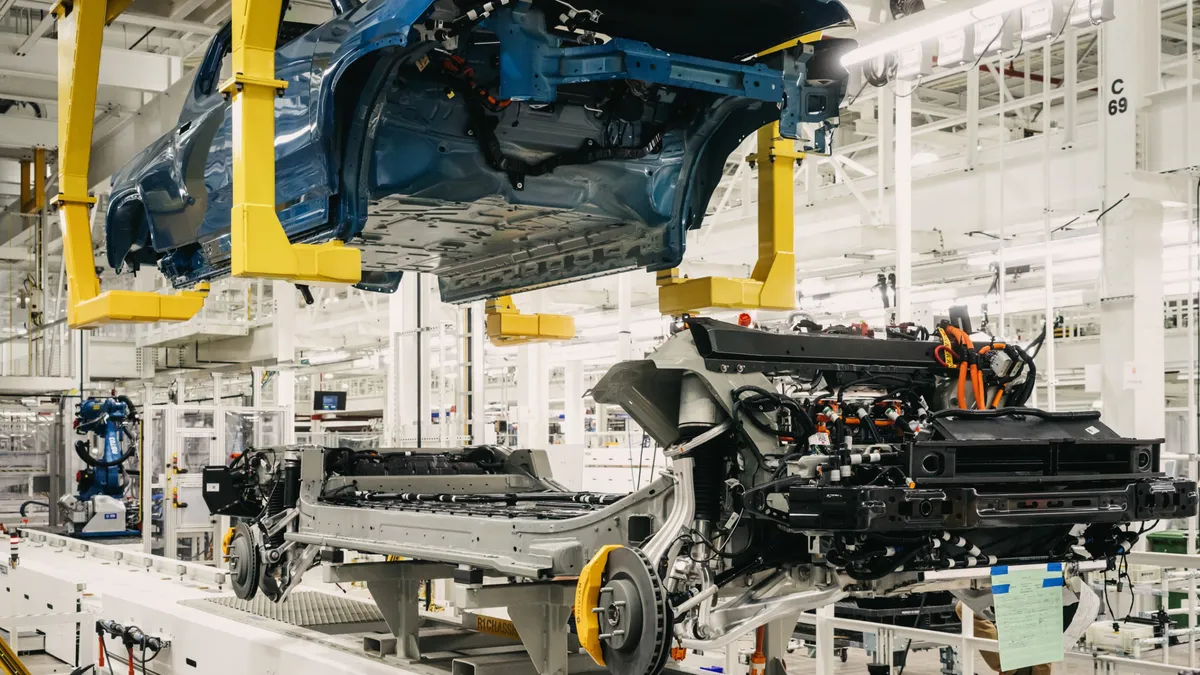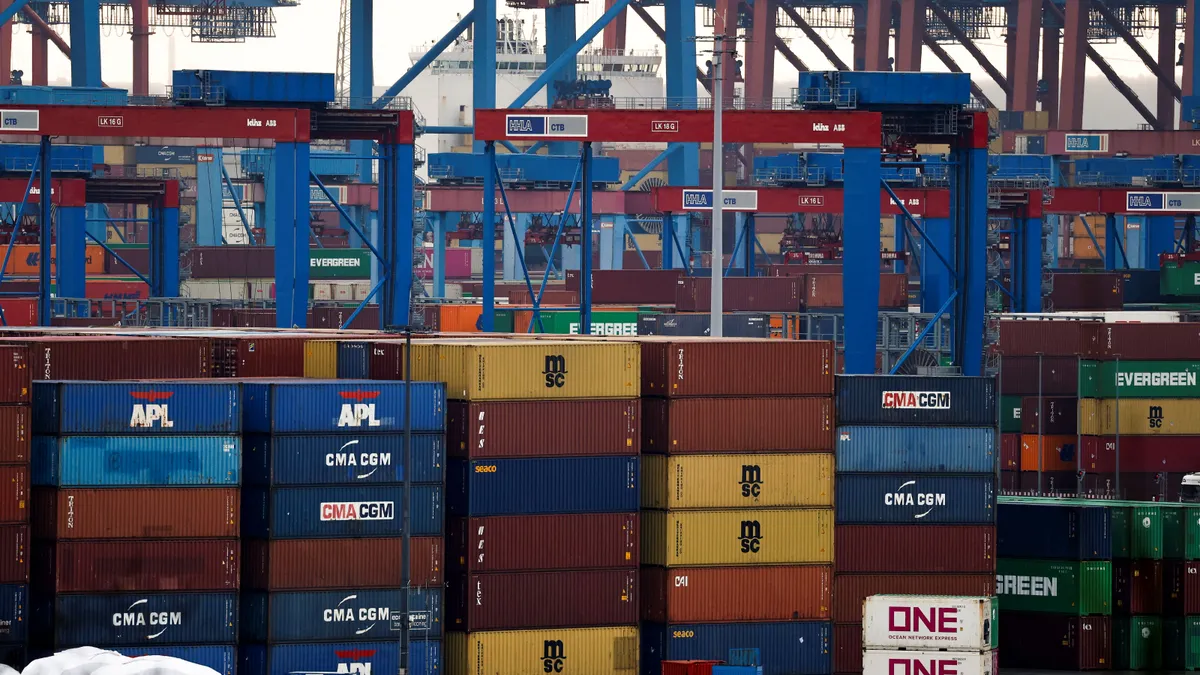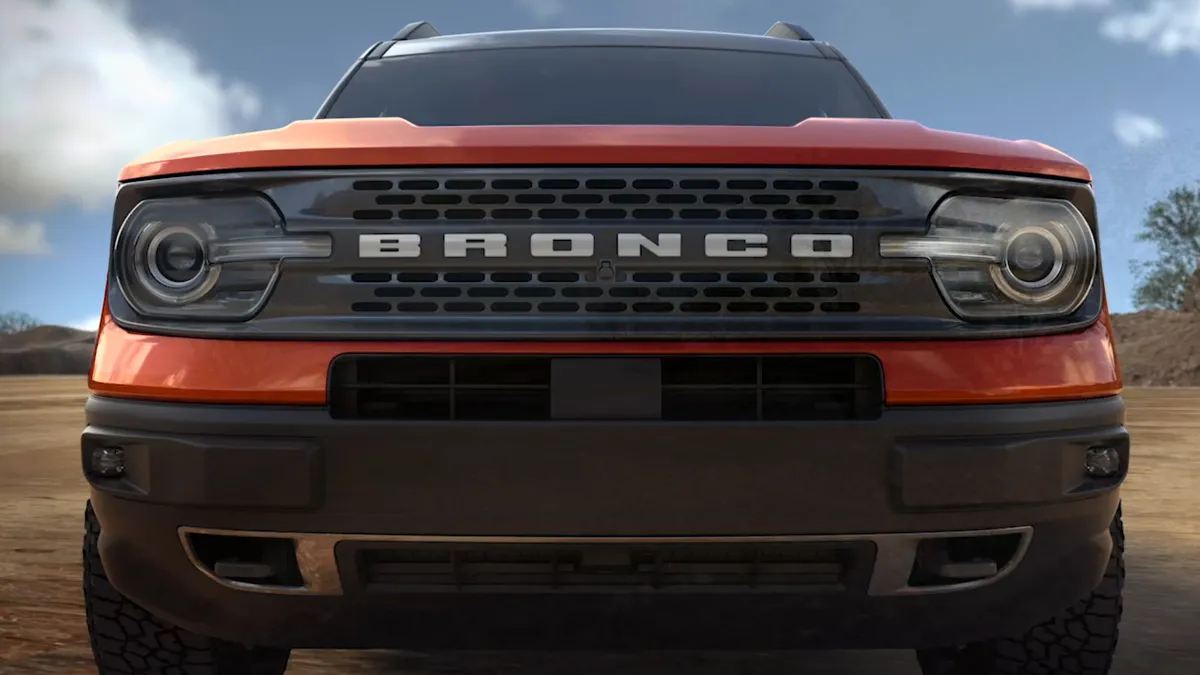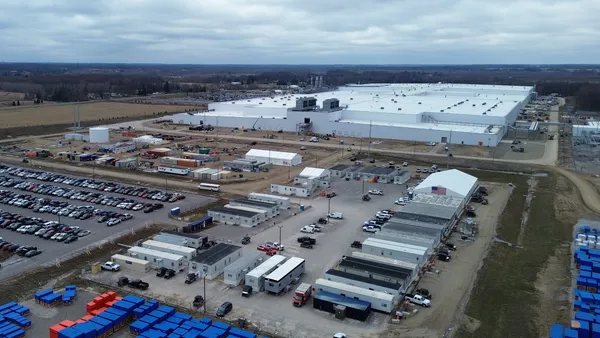Hyundai Motor Co. has a new plan for its electrified strategy — one that will feature extended-range electric vehicles and new technologies.
The automaker shared its new vision, dubbed the "Hyundai Way", at its 2024 CEO Investor Day in Seoul. The strategy is part of Hyundai’s goal of becoming more competitive in the global EV and hybrid vehicle segment, according to a press release. It also includes additional investments to advance battery and autonomous driving technologies for electrified vehicles.
The updated plans include achieving global sales of 5.5 million vehicles annually by 2030, a 30% increase from its previous 4.2 million unit sales target in 2023. To support the initiatives, the automaker plans to invest KRW 120.5 trillion ($90 billion) through 2033.
Hyundai also plans to introduce new technology, including a next-generation hybrid system that will offer improved performance and greater efficiency. The automaker said it will expand its hybrid offerings from seven to 14 models, which includes new hybrid models under its luxury brand Genesis, as well as launching the first-ever extended-range EVs.
Here are some of the highlights of the automaker’s updated strategy.
1. Hyundai leans in on hybrid vehicles
As demand for pure EVs cools across the industry, Hyundai expects that sales of more affordable hybrid vehicles will steadily increase, especially in North America. Therefore, the automaker intends to ramp up production of hybrid vehicles to 690,000 units by 2030.
By 2028, Hyundai’s revised goal is to sell 1.3 million hybrid vehicles globally, a 40% jump from its original target announced last year. The automaker says it will adjust its hybrid vehicle output to meet the specific demands in each global region, including in South Korea and Europe.
“Under the Hyundai Way, we will respond to the market with agility thanks to Hyundai’s unique flexible response system,” said Hyundai Motor Co. President and CEO Jaehoon Chang, in the release. “This will secure sustainable leadership in an uncertain market environment and strategically position the company to create a future centered on mobility and energy.”
Hyundai’s sister company Kia Corp. is also shifting its hybrid vehicles as it adapts market conditions. The company shared its updated electrified vehicle strategy at its annual CEO Investor Day event in Seoul in March. Kia plans to launch 15 new EVs by 2027 and for electrified vehicles, including hybrids, to account for 58% of its total sales, or nearly 2.5 million units, by 2030.
2. Advanced technologies will help revamp hybrids
For the rollout of new hybrid models, the company intends to leverage its technological expertise to further boost its position in the segment as part of its “Hyundai Dynamic Capabilities strategy.”
As a result of this initiative, future hybrid vehicles will be equipped with advanced technologies, including smart regenerative braking and vehicle-to-load bi-directional capabilities, which allows customers to use the stored energy in their vehicle’s battery to power other sources.
Hyundai says its next-generation hybrid system offers significant improvements in performance and fuel efficiency compared to the existing design. It’s slated for integration into production vehicles starting from January 2025.
In order to carry out hybrid vehicle expansion, Hyundai says it secured a versatile production system and parts supply network and will make full use of its global manufacturing footprint to help reduce costs and boost profitability.
For the U.S. market, Hyundai will manufacture hybrid vehicles at its “Metaplant America” in Georgia. The plant will produce both fully electric and hybrid models. This manufacturing flexibility allows Hyundai to adjust production as needed to meet demand in North America, a region it says is facing a shortage of hybrid vehicles on the market.
3. Extended range EVs as a bridge to full electrification
Hyundai's strategic plan also includes the launch of new extended-range EVs. These vehicles use an electric powertrain for propulsion like a conventional EV, but are equipped with a small internal combustion engine to power a generator to charge the vehicle’s battery.
The EREV design is novel, as the vehicle’s gas-powered engine has no mechanical connection to the wheels and instead is used solely to power a generator to help charge the battery. In addition, Hyundai said it developed a unique EREV powertrain and power electronics to offer all-wheel drive using two electric motors.
EREVs can also travel much farther than EVs available on the market today, which can help reduce range anxiety often experienced by drivers of EVs. Hyundai is targeting a range of up to 559 miles (900 km) for its future EREVs. The automaker views the technology as a bridge to full EV adoption while the necessary charging infrastructure is built out and battery costs fall.
“Building on our advanced technology and dedication to innovation, we aim to secure a leading position in the market as the adoption of electrified vehicles gains momentum,” said Chang, in the release.
Hyundai plans to start mass production of new EREVs in both North America and China by the end of 2026, with sales beginning in early 2027. The automaker plans to launch two EREVs in North America, one under Hyundai and one Genesis model. The company is targeting EREV sales of 80,000 units in North America in 2027.
But despite a renewed focus on hybrid and EREV models, Hyundai is sticking with its long-term electrification goals. The automaker aims to launch 21 new EV models by 2030, including luxury and performance vehicles.
To support production of these new electrified vehicles, Hyundai is opening its Georgia factory ahead of schedule later this year. The company is also building a dedicated EV factory in Ulsan, South Korea it aims to have online by 2026 with a production capacity of 500,000 units.
4. Hyundai keeps a close eye on profitability
Some automakers, including Ford Motor Co., have struggled to make EVs profitable — Hyundai hopes its new plan will turn the tide.
Hyundai is targeting a profit margin of 9 to 10% in 2027 and over 10% in 2030, as a result of continuous cost enhancements for EVs and the introduction of new EREV models. The automaker expects to achieve equal profitability across its entire powertrain lineup by 2030, which includes ICE vehicles, hybrids, EREVs and EVs.
Similarly, Hyundai is aiming for annual investor returns of 11% to 12% as part of its Way Forward plan. The automaker also intends to initiate a share buyback plan of up to KRW 4 trillion from 2025 to 2027.



